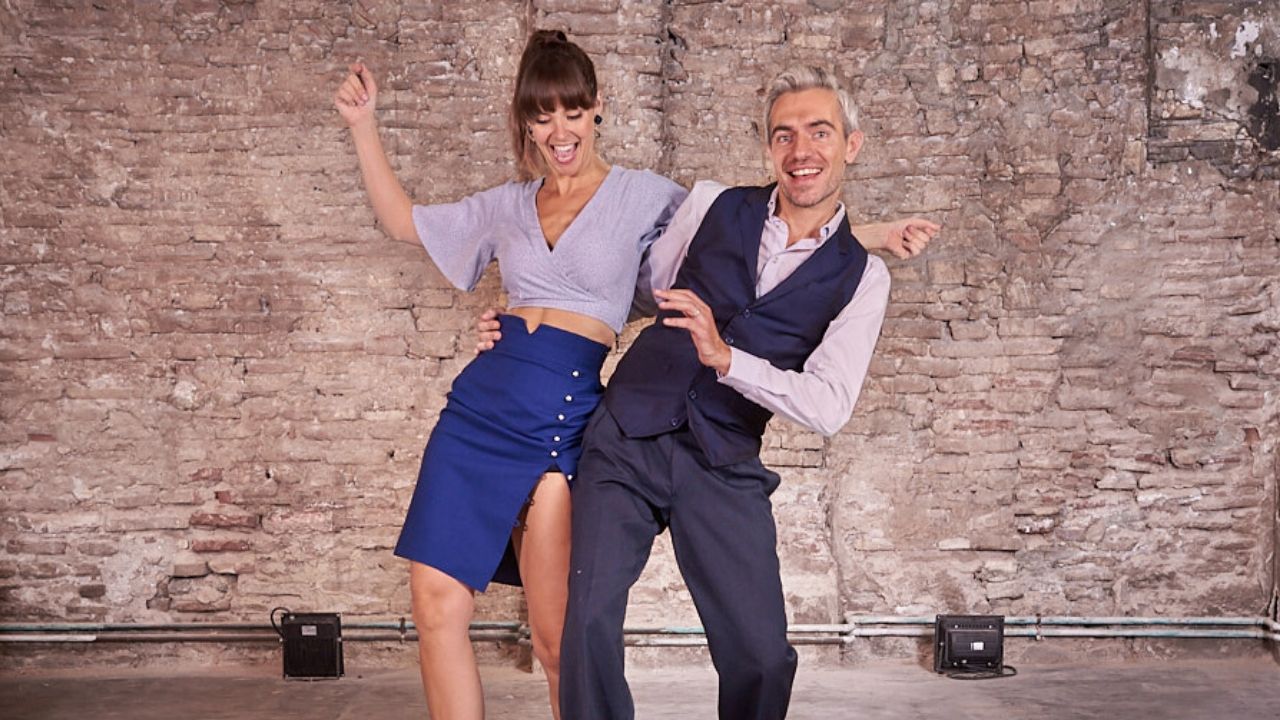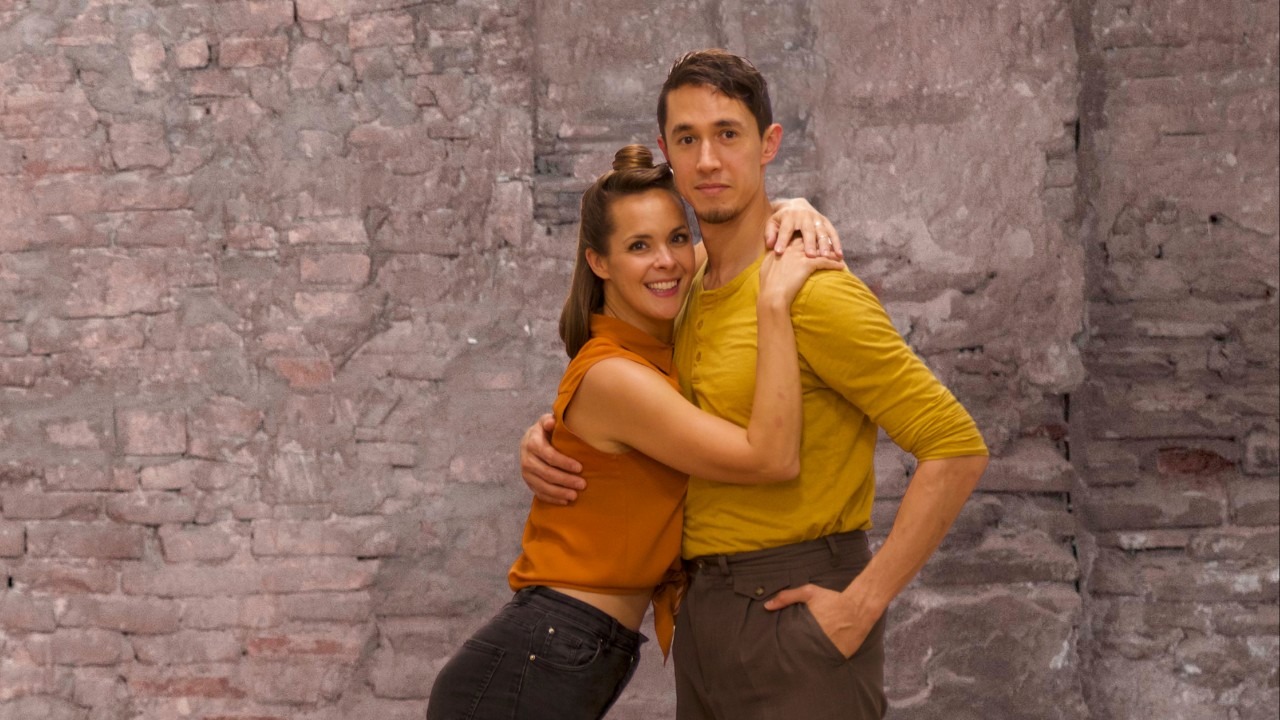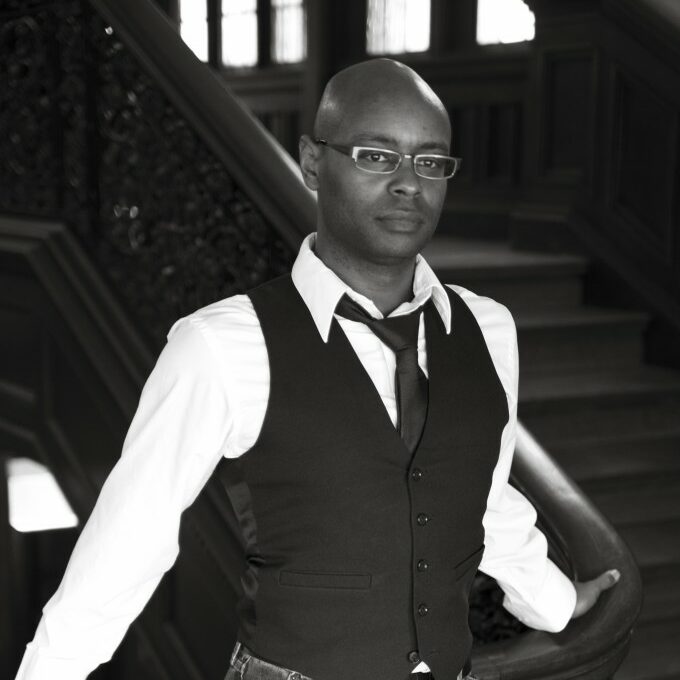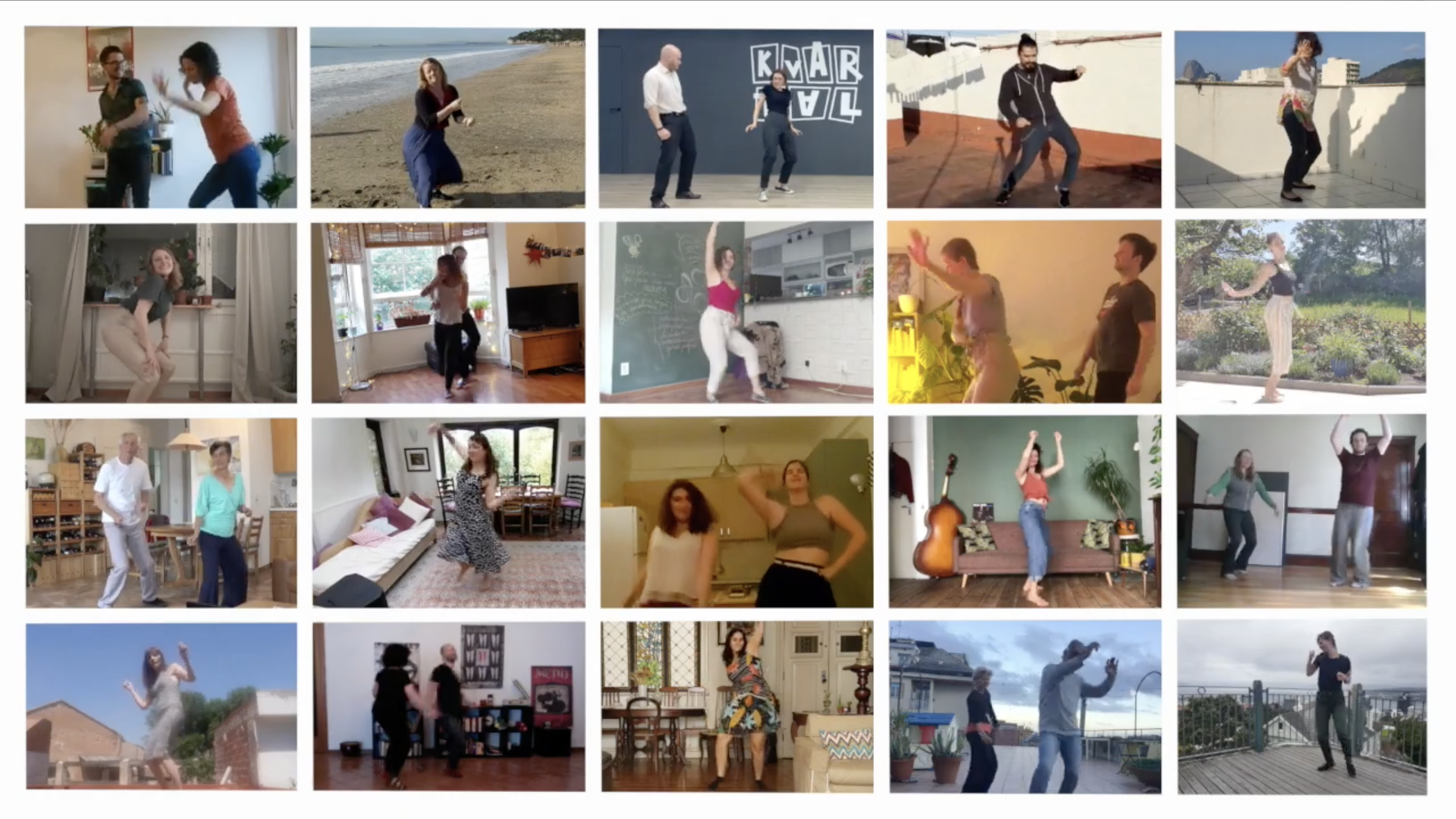To truly dance the blues, you must not only feel the music but also embrace the idioms that have shaped it. Let’s delve into what blues idiom dances are, explore how “blues” serves as an umbrella term for a family of dances, and discover the courses offered at The Blues Room that will immerse you in these foundational styles.
What Are Blues Idiom Dances?
Blues idiom dances are the vernacular dances that arose in conjunction with blues music. Albert Murray is credited with popularising the term “idiom” in relation to blues dance in his seminal work Stomping The Blues (1976). Murray used the term “idiom” to describe the distinctive, culturally rooted movements and styles of dance that evolved alongside blues music. He argued that these idioms were not just random dance steps but integral expressions of the blues experience, reflecting the cultural and emotional depth of the music. Murray’s use of the term helped frame blues dance as a vital component of the blues tradition, emphasising its role as a living, evolving art form.

“Blues idiom dances are not just dances done to blues music—they are dances that are part of the cultural expression of the blues, having evolved in the same communities that gave birth to the music itself.” (Damon Stone)
Blues as an Umbrella Term: A Family of Dances
The term “blues” serves as an umbrella term to describe a broad family of dances that share a common cultural and musical heritage. This family of dances, while varied in style and execution, is united by its roots in blues music and its expression of the blues experience. The diversity within blues dance can be attributed to the fact that it is a vernacular dance and not formally ‘taught’, but rather handed down within families and communities. No one owned or codified the dance. As dance historian Richard Powers explains, “no one was in charge of steps or terminology”, “…often I see beginners in dance history being over-specific, saying… ‘The slow drag looked this way.’ But actually what was going on is many different ways of dancing were called that name and one way of dancing would have many different names… It was the perfect mess.”
“…what was going on is many different ways of dancing were called that name and one way of dancing would have many different names… It was the perfect mess.” (Richard Powers)
Additionally, different musical styles, regional styles, historical influences, and personal interpretations that have emerged over time have all resulted in a varied and diverse dance that cannot be easily described or categorised.
In this context, each idiom dance represents a unique way of interpreting blues music, shaped by cultural, social, and historical influences. The term “blues” captures the essence of these dances as part of a larger tradition, emphasising their shared heritage while celebrating their individual characteristics.

Different regional styles
Blues music and dance originated in the deep south of the USA, but it soon travelled across the country and existed simultaneously in different. In an era before phones, television and accessible travel it is no wonder that different ways of dancing evolved in communities across the country.
Map available on the Digital Public Library of America.
The Blues Room Idiom Dance Courses
We offer a series of courses designed to introduce dancers to the rich variety of blues idiom dances. Each course is a journey into a different style, reflecting the diversity within the blues tradition.
1. Four Corners Special with Adamo & Vicci
Four Corners is a quintessential movement pattern that can be danced as a ‘move’ within a more complex improvised dance, or treated as a dance in itself. This course focuses on mastering the Four Corners and exploring different ways to dance it with a partner.
2. Struttin’ Vol I with Vicci & Mike
Struttin’ is a partnered dance, developed from 1930s-1950s in Memphis, Tennessee, often danced to uptempo blues music. Danced in small bars on Beale Street, the dance uses a unique closed hold. A defining feature of the dance is that your footwork is independent from your partners, allowing for lots of personal creativity and musical expression.
3. Struttin’ Vol II with Vicci & Mike
Building on the foundation laid in the first volume, Struttin’ Vol 2 delves deeper into the subtleties of the dance and challenges the quality of your connection with more advanced variations.


4. Texas Shuffle with Kenneth & Adamo
A slotted dance with lots of stretch and pull technique and shuffling feet. It is danced primarily to West Coast Blues music, a style of blues that was created in the 1940s when Texas musicians moved out to California. They created a new melodic and soulful blues sound with lots of horns, and a guitar style called “surf”.
5. Slow Drag with Damon & Kelsy Stone
Slow Drag is one of the most iconic blues idiom dances, and the oldest known blues partner dance originating in jook joints in the late 1800s. Debra Devi describes this dance beautifully in her book The Language of the Blues, noting that in Slow Drag, “dancers hang off each other, their bodies in close, sensuous contact, moving as one with the music.” This course teaches the art of moving slowly and deliberately, with an emphasis on weight shifts, subtle body movements, and maintaining a strong connection with your partner. It’s a dance of intimacy and nuance, where less is often more.
6. Chicago Triple: Vol I with Adamo & Vicci
The Chicago Triple is a lively dance, full of rhythmic footwork, dynamics, compression, stretch, and a swinging feel. It involves a triple-step pattern that can be used to interpret mid and up-tempo blues tunes.



The Elusive Legacy of Blues Dance: Why Footage is so Rare
If, like me, you’re a fan of research and have tried to look for footage of blues idiom dances you may be aware of how difficult this is. The lack of video footage of blues idiom dances is a reflection of its complex, yet elusive, cultural make-up. Blues dance emerged from the underground world of juke joints and house parties, where the emphasis was on personal expression and shared joy rather than public performance. This informal setting, deeply rooted in African American communities, fostered a dance style that was never meant for the camera. The dance’s pre-video era means that early forms were seldom recorded, leaving us with little (if any) ‘original’ footage.

Much of what we know about blues idiom dances has been preserved through oral tradition, passed down through families and communities. We rely heavily on word of mouth and the teachings of dedicated dancers to keep these traditions alive. Damon Stone, pictured, is a pivotal figure in this preservation effort and has been instrumental in providing knowledge to new generations of dancers. Damon, who learned from his family and community, offers invaluable insight into styles that might otherwise have been lost to history and, lucky for us, is a guest teacher in The Blues Room.
Historical factors further compound the scarcity of footage. Until scarily recently, systemic racism and segregation meant that Black dancers were often excluded from mainstream media. As a result, early film footage of dance, including swing dancing, predominantly featured white performers presenting sanitised versions of the dances. Albert Murray explains how this racial exclusion contributed to the underrepresentation of authentic Black dance traditions on film, and highlights the importance of preserving these dances through community-based methods and oral histories.
Final thoughts
Blues idiom dances are more than just a collection of steps—they are an expression of a way of life and a celebration of culture. We acknowledge that many of the teachers instructing the courses in The Blues Room are not from the culture that created these dances. Those of us who are guests in this cultural dance are dedicated to educating ourselves about the history, cultural values and the social context of the dance in order to honour the art form and the people who created it. We strive to pass on what we are learning to our students in classes by connecting the dance to its historical roots and cultural values and truly hope that our teaching of these dances does not cause harm or offence to anyone.
In the spirit of Albert Murray’s words, may you find in these dances not just steps, but a way of stomping the blues away, transforming every beat into an expression of resilience and joy.
References
Feel free to use the following reference list to further explore the world of blues dance and its cultural roots!
Books
- Murray, Albert. Stomping the Blues. McGraw-Hill, 1976.
- Devi, Debra. The Language of the Blues: From Alabamas to Zodiacs. Backbeat Books, 2016.
- Murray, Albert. Stomping the Blues. McGraw-Hill, 1976.
Blogs
- Stone, Damon. Blues Idiom Dance: Stylistic groupings of vernacular dance created with blues music. Damon Stone’s Blog.
- Brown, Julie.A Landscape of Slow drag. Blues and Jazz Bookclub.



